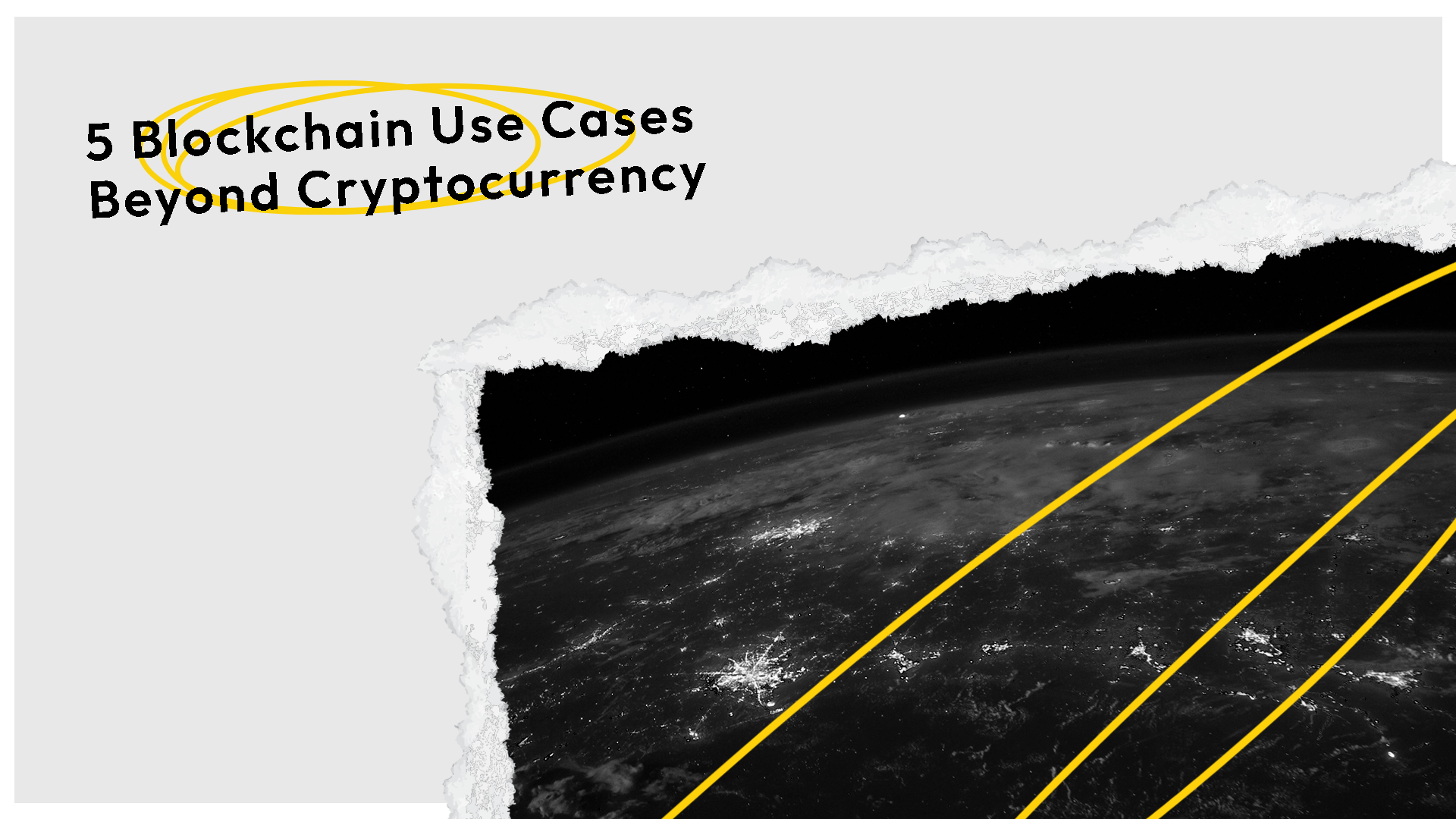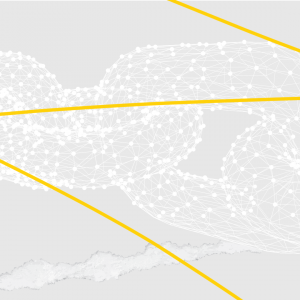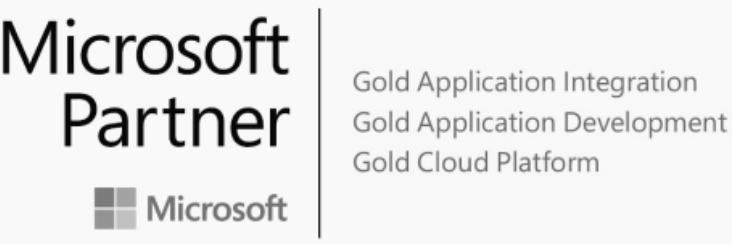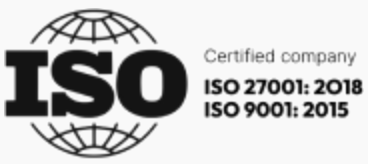For many people, blockchain technology is synonymous with crypto.
And while cryptocurrency is a very popular blockchain use case, it’s far from the only one. In this post, we’re going to be looking at five blockchain use cases that aren’t associated with cryptocurrency.
5 blockchain use cases (with no cryptocurrency in sight!)
These blockchain use cases will vary in scope and function, and yet they are all connected via a number of shared characteristics. For one, they all involve verifying the legitimacy of goods or information while adding transparency. Each of them also enables new opportunities in various sectors of business.
Let’s dive in.
1. Blockchain for reducing counterfeit
The first item on our list of blockchain use cases is counterfeit reduction.
After all, each item that’s added to the blockchain has a unique digital fingerprint that cannot be duplicated — making it very difficult for someone to create a counterfeit product and try to pass it off as the real thing.
For most products, counterfeiting something is just about making it look as close to the real thing as possible. But with the blockchain, the appearance of an item is nothing without the attached metadata.
Blockchain provides a centralized, transparent, and easily accessible ledger for checking the legitimacy of a variety of items and goods.
Wine, clothing, and pharmaceuticals
The wine industry is already using blockchain technology to track the provenance of wines and ensure that they are authentic. This is important in order to protect the reputation of the industry and to prevent counterfeiting.
The same goes for the clothing industry, where blockchain can be used to track the path of a garment from the factory to the store. This can give buyers confidence that the clothing they’re buying is legitimately from that brand.
And in the pharmaceutical industry, blockchain can be used to track the movement of drugs through the supply chain to ensure that they are not counterfeit.
2. Blockchain for refugee aid
The way that blockchain technology can be used for international aid is much closer to the original function of blockchain than the other blockchain use cases presented in this post. However, it’s turning that initial, financial use case into something more valuable and substantial.
Blockchain technology can be used to provide refugee aid by sending goods and financial resources to those in need. Because it is centralized and transparent, those sending the resources would have confidence that it’s going directly to those who need it.
And because it uses relatively simple technology that can be made available online, anyone with an internet connection would be able to benefit from this technology.
How the blockchain was able to help Syrian refugees in 2017
In fact, this use case has already been put to the test. In 2017, Syrian refugees were able to utilize blockchain technology to receive aid from the United Nations.
This relied on creating food vouchers in Ethereum. Refugees could then access the vouchers and trade them for food, providing an organized, difficult to exploit, and easily accessible solution for the refugees in need.
In the aftermath of this project, the United Nations is working to understand exactly how important of an impact this had and whether or not it can/should be extended to future crises. If deemed a success, we could see this strategy used in more parts of the world as a viable solution for helping those in need.
3. Blockchain for preventing election fraud
Because the blockchain can be used to create a secure and tamper-proof record, it can also be used to prove how people vote in elections.
This is particularly important in today’s world, as many countries and regions are looking for ways to modernize voting processes without introducing new opportunities for voting fraud.
Blockchain could be a potential solution. It’s secure, transparent, and easy enough to deploy at voting locations. However, it may take some time and real-world applications before it can become a truly trusted solution.
How Utah uses blockchain technology in its elections
That said, real-world applications for blockchain in elections are already taking place. In Utah, for instance, the 2020 presidential election was counted on an app called Voatz.
This app relies on blockchain technology, which helps ensure that it is safe, legitimate, and trustworthy for all parties involved. Since being used in this election, Utah has continued to use the app, allowing people to vote from their mobile devices with confidence.
4. Blockchain for tracking assets
A more business-oriented item on this list of blockchain use cases is the ability to track assets. Asset tracking is something that’s already a challenging issue to address, and it’s something that a number of technologies (such as IoT) are working to solve.
Blockchain, however, poses an encouraging solution. It can be used to track assets such as supply chain goods, the movement of products from businesses to customers, and even edge cases such as livestock.
Managing supply chain challenges with the blockchain
This could end up becoming a key way that supply chain challenges are dealt with. And there’s been no shortage of supply chain challenges over the last few years, whether it be the pandemic, trending demands, or logistics obstacles.
Blockchain tech can be used to monitor assets with greater accuracy, keeping track of not just the number of goods, but the exact goods themselves. This can ultimately lead to improved tracking and wider datasets, which can both be used to manage disruptions.
5. Blockchain for green energy technology
The last use for blockchain technology that we’re going to touch on is the ability to increase transparency in the green sector. This is because the blockchain can be used to track the movement of green energy credits.
Applying blockchain in this way would allow businesses and consumers to see where their green energy is coming from and ensure that it’s following environmentally-friendly practices. Businesses make a lot of claims about adopting green ways of working, but the insights that consumers have into these changes are often far more limited.
That lack of visibility makes it difficult for consumers to know if their purchasing decisions are truly making a difference. Blockchain could act as an audit of sorts, giving consumers a more accurate idea of the green accountability of the businesses they buy from.
Increasing transparency in the green sector
One of the key reasons that there’s a lack of transparency in the green sector is that there is a lack of insight into the full scope of green energy and goods. People may know that something is made from recycled products, but they aren’t sure what percentage is recycled, how much energy it cost to make the product, whether or not that energy was clean, and so on.
Blockchain can provide this level of insight, making businesses more accountable and consumers more informed.
Energy challenges associated with blockchain technology
That said, blockchain tech isn’t perfect. And one of the challenges associated with blockchain technology is the amount of energy it requires.
The blockchain needs to be constantly maintained and updated. Plus, as more and more people start using the blockchain, this will require more and more energy.
For that reason, this use case for blockchain is a bit double-edged. Just as it can help improve environmental oversight, it can also have its own environmental cost that needs to be accounted for.
Learn more about blockchain use cases and other cutting-edge technology with RebelDot
As inspiring as these blockchain use cases are, they really just scratch the surface. There are a plethora of cutting-edge blockchain use cases that are poised to change the world, and you can learn about all of them right here on the RebelDot blog.
Or, if you prefer more personal insights, you can reach out to our team of experts today.






